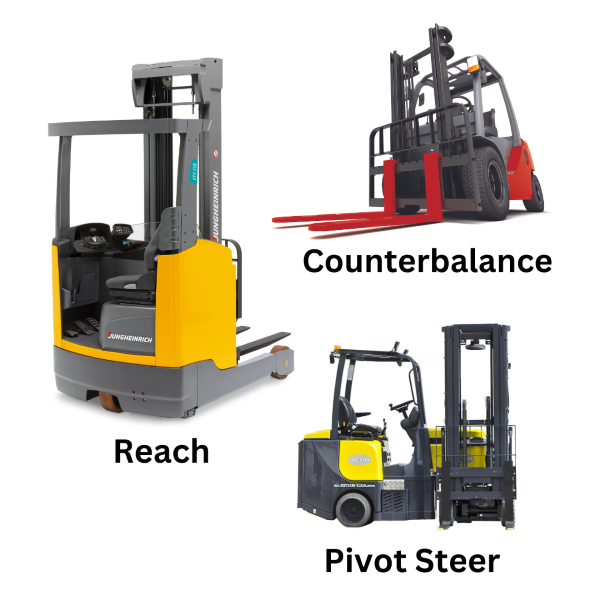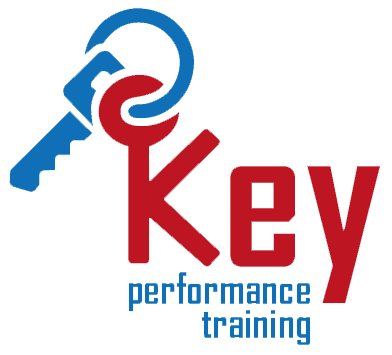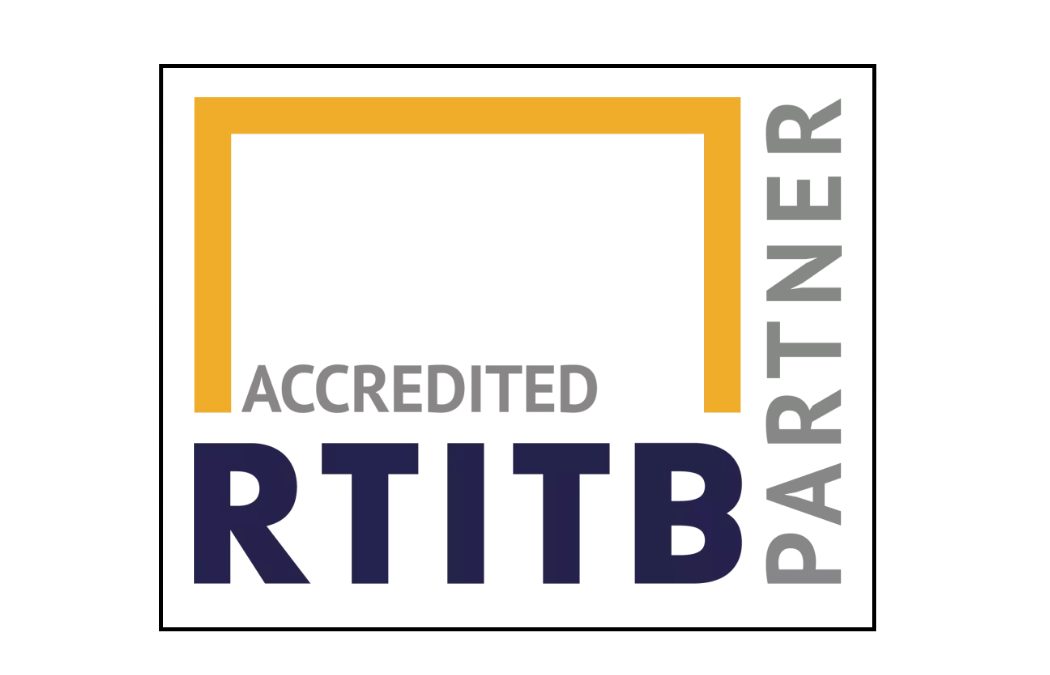
by Bob Hayward | Feb 1, 2023 | Industry news, Training courses
Every business must prepare for a fire because any flame can kill someone and damage a building. The best way to prepare for the worst is to appoint a fire warden (also known as a fire marshal).
Fire Warden Regulations
The Regulatory Reform (Fire Safety) Order 2005 provides the regulations for fire safety in offices. The order applies to all offices, places of business, and facilities like warehouses.
Under the order, each office must conduct a fire risk assessment that lays out every risk it faces. Anyone with control over the office is a “responsible person” who must take measures to reduce risks. But a fire warden or marshal has the authority to make decisions on fire prevention.
Every office with fewer than 50 employees must have one warden. An office with 50 to 100 employees must have two. For every additional 100 employees, the office must add one more fire warden.
If an office covers multiple floors, there must be one warden on each floor. Each shift must also have a martial on duty, and any martial on a leave of absence must be covered.
Keep in mind that fire regulations in Scotland and Northern Ireland are different from the regulations in England. If you have multiple offices throughout the United Kingdom, you need to familiarize yourself with each code of rules.
The government strictly enforces all fire safety regulations. A fire warden who fails to follow through on their responsibility can receive a fine or a prison sentence.
How to Train as a Fire Warden
The best warden to appoint is someone who has served as a firefighter or a first responder. But a company can select anyone, provided they can fulfil all responsibilities of a warden.
A warden should learn how to help determine the cause and spread of a fire. A knowledge of how to care for people who suffered from burns and smoke inhalation is also a very useful skill to have.
In addition to official courses, wardens should study literature about fire safety. They should be familiar with how the technology their office uses can spark or spread flames. They should have a complete understanding of all aspects of fire awareness, such as the hazards associated with a fire.
The warden must achieve adequate training and gain official certification. They then must apply for recertification every three years.
We offer a selection of Fire Safety Awareness courses, to ensure your staff are adequately trained to meet your obligations:
· Level 1 Award – ideal to raise awareness of fire safety in the workplace and what to do in an emergency – 3.5 hours training
· Level 2 Award – ideal for staff who want to become fire wardens / fire marshal’s – 6 hours training
· Level 1 & 2 Combined Award – combined course offering fully comprehensive fire warden / fire marshal training – 7.5 hours training. Please contact us on 01793 975353 or david.gearon@keyperformancetraining.co.uk for more information.

by Bob Hayward | Jan 19, 2023 | Industry news, Our News, Training courses
We’re always being asked what the difference is between the various types of forklifts available for training, so we thought it might be useful to explain the three trucks we have in our training centre and what they are used for, to help you pick the right one for you.
The Counterbalance Truck
A counterbalance forklift truck operates a counterbalance weight design with a weight at the rear of the truck, offsetting the load to be lifted at the front. These trucks are used in many storage, warehouse and distribution systems where they carry out loading, stacking and horizontal transport functions.
The Reach Truck
A reach truck is used in narrow aisle applications, such as warehouses. They are designed to have two outer legs that help distribute the load and a single set of wheels in the back. The wheels are located below the operator, which helps create a tighter turn radius.
The Pivot Steer Truck
The Pivot Steer truck is commonly referred to as a ‘bendi’ or ‘flexi’ truck. The machine is suited to working in tight, narrow environments due to its swing mast, which allows the forks to swing at a 90 degree angle either side of the machine.
We offer novice courses on all of these trucks, but did you know that if you have an existing licence to one, we can offer you a conversion course to the others, which is much quicker and less expensive that a full novice course?
Contact us on 01793 975353 or david.gearon@keyperformancetraining.co.uk for more information.

by Rachel Gearon | Jan 5, 2023 | Employment & skills, Industry news, Training courses
The Health and Safety Executive (HSE) has released its annual work-related health and safety statistics for Great Britain for 2021/2022. These show that the estimated economic cost of ill-health and injuries related to transportation and storage workplaces is £823 million.
According to the report, 1.8 million working people are suffering from a work-related illness. In transportation and storage, there are 49,000 work-related ill health cases. This represents around 3.1% of workers in the sector. However, this is lower than the rate for workers across all industries (3.5%).
For the first time, the statistics from the transportation and storage industry category has been subdivided. This will make it easier to see key statistics for specific sectors. Including warehousing, road haulage, and ports.
For instance, the latest report shows that those in warehousing and road haulage had among the lowest rates of work-related ill health in transportation and storage (2.7% and 2.6% respectively).
Mental health in the workplace
In total, an estimated 17 million working days were lost due to work-related stress, depression, or anxiety in 2021/22. This is over half of all working days lost due to work-related ill health across all industries. In transportation and storage, stress, depression, and anxiety are the leading causes of work-related ill health (41%). With an estimated 20,000 self-reported cases, the rate has increased from the previous period. Though this level (1% of workers in the sector) is still much lower than the all industry rate (1.6%). However, overall, these figures are not statistically significantly different from the previous period, which included time affected by the coronavirus pandemic.
What can be done?
As an industry, we need to take mental health seriously. It has a significant impact on the individual, and on the business. There are different ways employers can easily improve the way they manage this issue. For example, employers could consider appointing mental health first aiders.
Musculoskeletal disorders still pain the sector
Across the whole British workforce, there are 477,000 workers suffering from a work-related musculoskeletal disorder. In transportation and storage, musculoskeletal disorders (36%) are the second most prominent cause of ill health. Around 17,000 cases were reported. Around 1.4% of workers in road haulage and warehousing workers suffered from musculoskeletal disorders, significantly higher than the all industries rate (1.2%).
What can be done?
Risk assessments around any type of handling are key. But so is training in the correct practices around manual handling. Especially so for any worker who lifts, pushes, or pulls during their work. There are simple techniques that can be employed to minimise risk.
Delivering manual handling training specifically designed for transport, warehousing, and logistics operations will also help improve effectiveness. For convenience, this training is now available from us as an eLearning option.
Moving vehicles cause fatalities
There were 16 fatal injuries in the transportation and storage sector in the latest report period. This is an increase from 14 in the previous report. The fatal injury rate of 0.9 per 100,000 workers is around twice the all industries rate. However, it is statistically similar to pre-coronavirus levels.
The leading cause in the transportation and storage industries was being struck by a moving vehicle (34%). This shows that improvements to operator and driver training are still needed to improve safety in many operations.
What can be done?
Lift truck operators and LGV/HGV drivers need to receive the relevant training. As do any pedestrians working in the vicinity of moving vehicles. Investing in high quality training for your operators will improve both the efficiency and the safety of your operations.
The correct supervision can also play a significant role. Incidents can also occur because of inadequate supervision. Managers and Supervisors in materials handling operations may benefit from training, such as a Forklift Manager eLearning course.
Non-fatal injury rates are not improving
There were around 31,000 workers who sustained a non-fatal injury at work in transportation and storage. This is similar to the previous reported period. Prior to the pandemic, there had been a downward trend. But these improvements appear to have halted. Around 2.1% of workers in transportation and storage sustained an injury, significantly more than the all industries rate (1.7%). Road haulage (2.6%) and warehousing (2.5%) were among the most affected sub-sectors. 25% of these cases resulted in an absence from work of more than 7 days.
The key cause of non-fatal injuries was slips, trips, and falls (32%). Then injuries from handling, lifting, or carrying (23%). These have been the leading causes in transportation and storage over the past three years.
What can be done?
The fact that the rate of non-fatal injuries is not improving shows that change is needed. Training around manual handling is essential. As is correct management and supervision, to ensure standards are upheld.
Better workplace transport operational processes may also be needed to reduce risk. An impartial audit may help. Did you know RTITB provide a Workplace Transport Operations Health Check, using internationally qualified lead auditors and workplace transport training specialists to conduct a thorough audit of your operations, via risk assessment, observation, interviews and more.
Following this consultation, which usually only takes around one day, they’ll give you an impartial report revealing potential risks and areas for improvement, as well as highlighting good practice. Importantly, the plain English report will recommend how you can act now.
It’s time to take action!
The latest figures do not indicate a severe decline in any area within transportation and storage. Yet any of these cases of work-related injury or ill-health may be avoidable.
Across all industries, 36.8 million working days have been lost due to work-related illness and workplace injury. This is at an estimated cost of £18.8 billion and of course the statistics do not account for all the unreported incidents that happen every day. There are widespread economic hardship and varying skills shortages. So, transportation and storage employers need to take action to reduce the impact that ill-health and injury can have on the industry.
A good first step is training. And that applies to drivers, operators, instructors, managers, and supervisors.
Speak to us about how to improve safety, standards, and compliance in your road transport or materials handling operation now.
Contact us on 01793 975353 or david.gearon@keyperformancetraining.co.uk for more information.

by Rachel Gearon | Dec 1, 2022 | Employment & skills, Industry news, Training courses
Forklift trucks are dangerous if not handled properly, which is why regulated training is so important.
If you’re an employer, you can face court cases and severe fines if you do not properly maintain your vehicles and train your operators correctly. Without the necessary training in place, some workplace insurance may not cover you in the event of an accident.
If you’re an operator, you could be putting your life at risk if you operator a truck without the correct training.
Please see some recent incidents and accidents involving forklift trucks, as reported by RTITB:
Worker broke his back in 2ft fall from forklift truck
Teenager crushed to death by forklift truck at Norfolk farm
Sea food processing company fined after fatality involving forklift
Please contact us on 01793 975353 or david.gearon@keyperformancetraining.co.uk if you need quality, accredited training.






